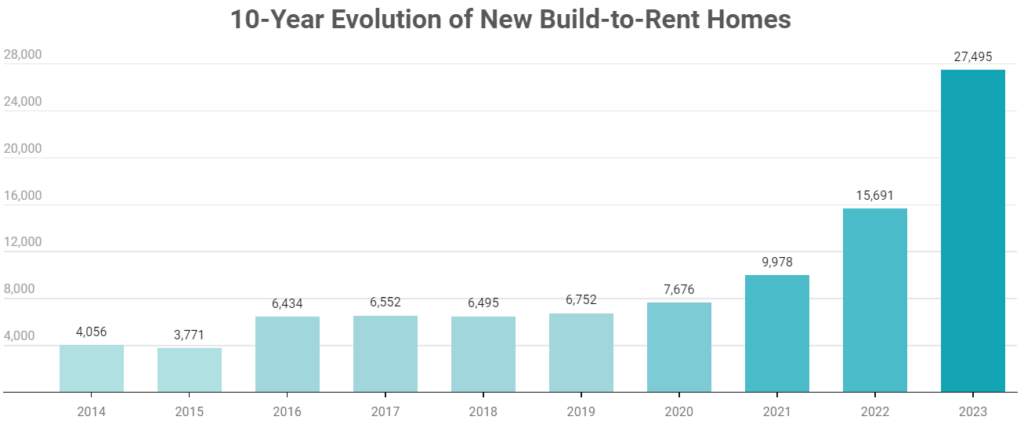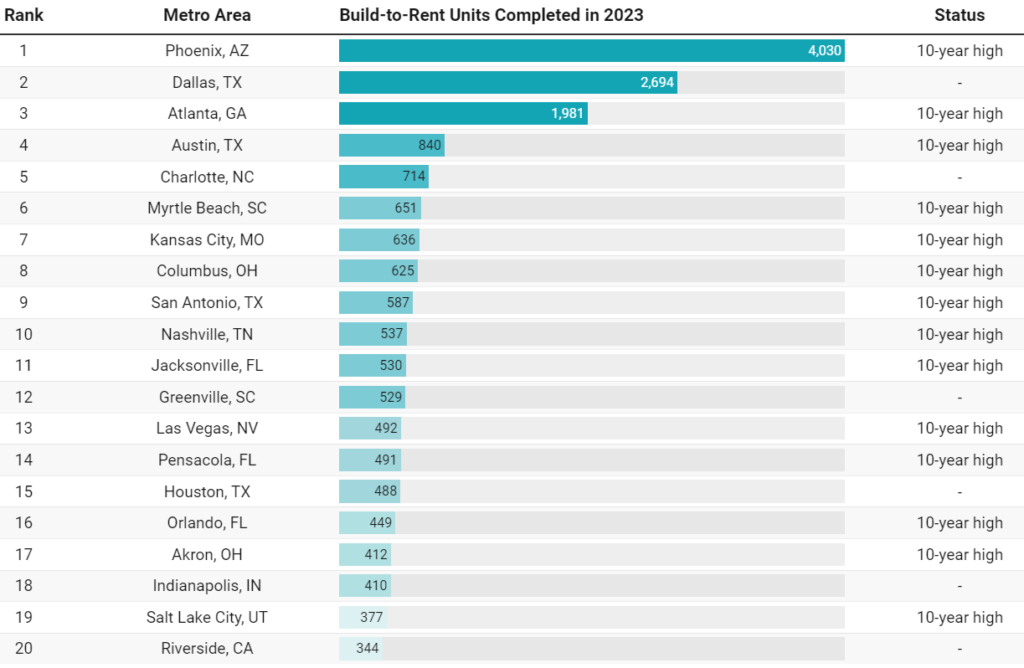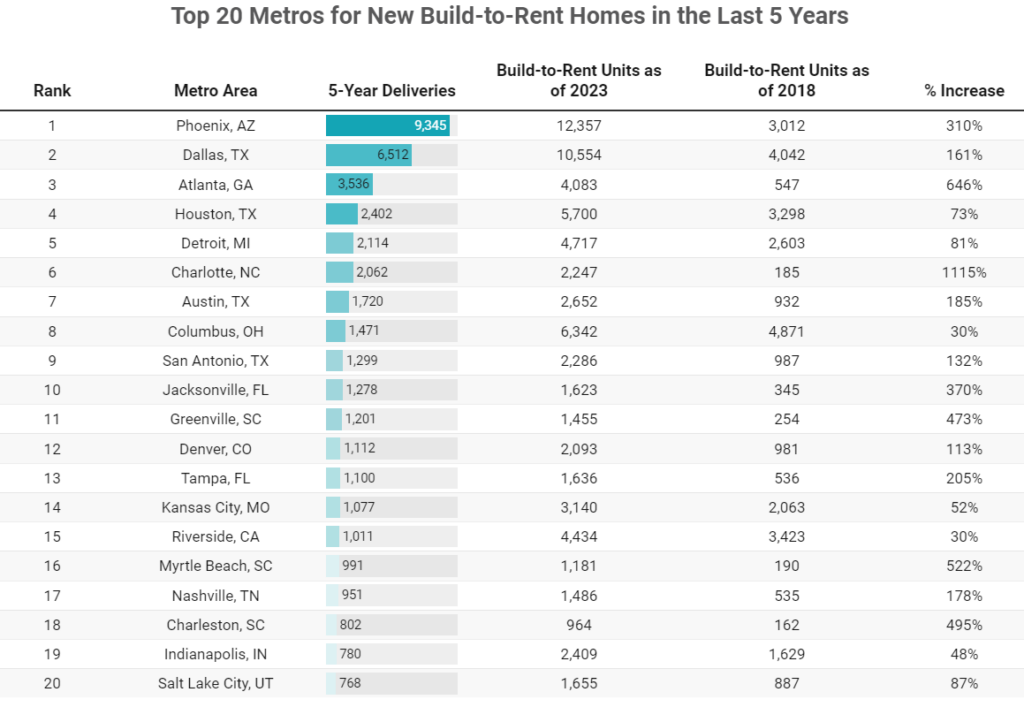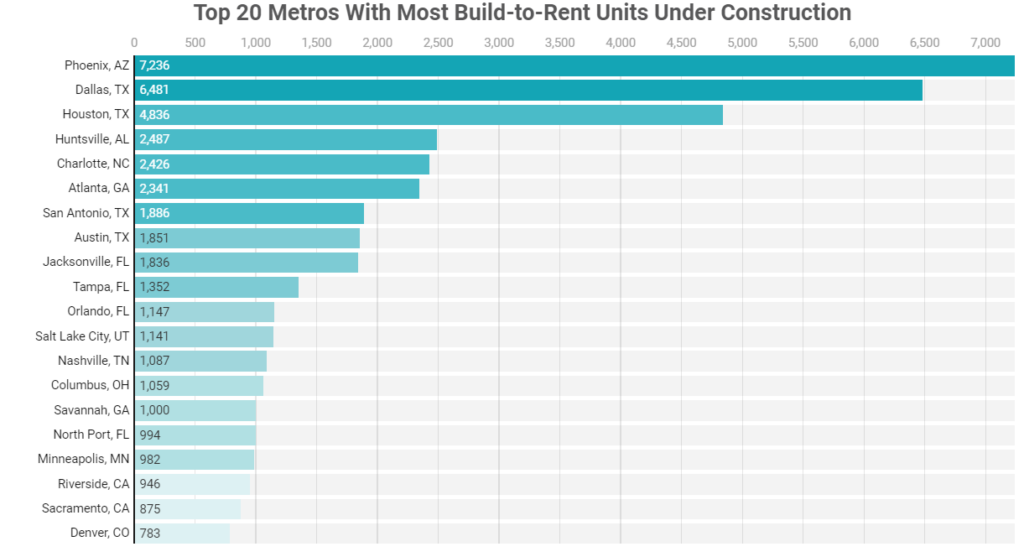Delays Expected for Several Weeks Following Particleboard Plant Explosion
By Warren Shoullberg, IWF News
An explosion at Tafisa’s Quebec plant, the largest particleboard factory in North America, knocked out some production the company says.
It will be “several more weeks” before Tafisa’s giant particleboard manufacturing facility in Lac-Magantic, Quebec in Canada is expected to get back up to full production, the company said.
The explosion, on June 14, affected one of the plant’s two production lines, it said, adding the cause was still unknown. There were no injuries and parts of the plant resumed normal activities within a few days.
“We are contacting each client one by one to provide the information regarding their order file,” Tafisa vice president of sales and marketing Pierre-Luc Bérubé said in an interview. He said the damage was isolated to particleboard line #2 and that particleboard line #1 was not affected.
The company said its new thermally fused laminate line #6, started up in January, was not impacted and that it resumed production two days after the explosion. Production of the company’s lacquered panels is done in a new plant built next to the particleboard plant, so there was no impact on production, according to a published report.
At 760,000 square feet, Tafisa said the facility is the largest particleboard manufacturing facility in North America, serving both Canada and the U.S. with more than 700 truckloads of wood fiber converted each week into 300 truckloads of particleboard and decorative panels.






